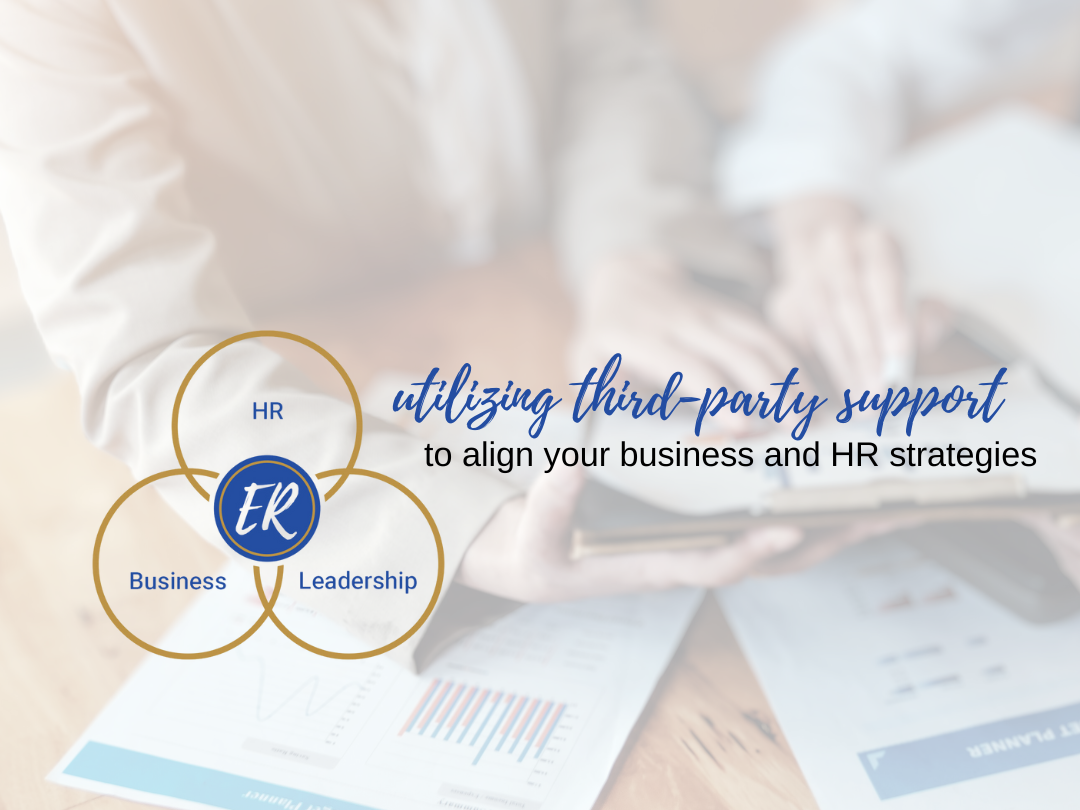Being a business owner can feel very lonely at the top, especially on days when you’re grappling with challenges or uncertainties, whether it’s addressing employee issues or celebrating their successes.
Having a Human Resource Strategy Consultant can be invaluable to a company that is attempting to align its business goals and its HR strategies.
Many people I work with often inquire about what I do and why I do it. Essentially, my role revolves around advising, supporting, and guiding you in your business endeavors.
This expertise comes from years of experience sitting at the leadership table, collaborating with internal Human Resource teams in various businesses, and being a business owner myself — giving me a comprehensive understanding of what it takes to succeed in business.
Human Resources naturally plays a pivotal role in managing people and safeguarding employees’ interests within the organization.
However, it’s equally crucial to ensure that the entity you engage with also prioritizes the well-being of your business. Hence, there’s a need for a partner who comprehends both the employee-centric and business-oriented perspectives.
Frequently, I encounter internal employees who cling to the phrase, “We’ve always done it that way.” While the outcome might seem familiar, it’s essential to challenge this mindset and ensure that the leadership team or owner thoroughly evaluates all implications. For instance, when a client plans to merge two businesses, sticking to the practices of one isn’t always the best approach. Instead, we can introduce changes, communicate their rationale to employees, and explore alternatives that benefit both parties. We should consider what adjustments could foster consistency across the organization, enhance employee satisfaction, and streamline business operations to save time and money.
Having an impartial third party knowledgeable about employee concerns and HR matters is invaluable for business leaders and owners.
Such a partner can help devise win-win solutions and refine communication strategies to elucidate organizational decisions and objectives to employees effectively.
Sometimes, having a resource to share your challenges and dilemmas with, but without divulging all intricate business details, can prove to be indispensable within a company.
The People Strategy revolves around maximizing the potential of our workforce. Are employees engaged in tasks that inspire and challenge them, fostering their long-term commitment to the organization? Engage them in discussions about their career aspirations and how they envision their roles evolving within the organization. Evaluate job descriptions critically; when preparing to fill a position, assess whether they accurately reflect your organizational needs.
Could restructuring roles offer existing employees opportunities for growth? It’s not always about having a meticulously laid-out plan; ongoing dialogue with employees about their goals and potential contributions to the business can yield significant results.

